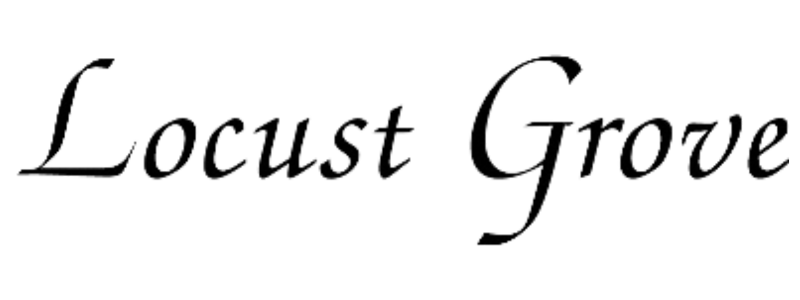June Object of the Month: Meissen “Rose” Dinner Service
Meissen Porcelain History
Meissen porcelain—also called Meissen china—was the first commercial European hard-paste porcelain, developed by Ehrenfried Walther von Tschirnhaus and Johann Friedrich Böttger. Financed by the King of Poland, the production of porcelain in the royal factory at Meissen began in 1710. The company’s signature logo, a pair of crossed swords, was introduced in 1720 and is reportedly one of the oldest trademarks in existence. In the more than 300 years since its founding, Meissen has produced figurines, centerpieces, large-scale sculptures, vases, and tableware for households across the globe.
Early Meissen patterns developed by in-house designers were influenced by East Asian styles and motifs. These patterns were enhanced by Meissen’s development of under and on-glaze heat-resistant pigments, which enabled colors to be more vivid than those previously used in porcelain production.
Exterior of the Meissen Porcelain Factory, near Dresden, Germany, 1851
The Meissen factory has been producing porcelain under the name “Staatliche Porzellan-Manufaktur Meissen GmbH” since 1991. Today, Meissen remains one of the world’s leading porcelain manufacturers. Known worldwide as a German luxury brand, it continues to produce tableware, fine art, figurines, jewelry, and home décor—some still featuring their original patterns—to consumers around the globe.
Rose Pattern History
The Meissen Rose Pink pattern was developed from floral and still life paintings of the Biedermeier period in the German region, which dominated regional design styles between 1815 and 1848. This pattern has been produced in many versions over the years. Gold-edged, embossed, latticed-edged, and scalloped-edged versions all highlight the single, pink rose motif. The set in the Locust Grove collection features scalloped edges with no gold. Meissen still produces the ever-popular rose pattern today.
Meissen rose coffee pot at Locust Grove and trademark stamp
Coffee or Tea?
What makes this a coffee pot and not a teapot? The long “gooseneck” design. This shape was both elegant and functional, allowing coffee to brew in the pot before being served from the same vessel. While tea is brewed and served in a similar manner, teapots are typically stouter in shape. In later Meissen Pink Rose sets the goose neck shape of the coffee pot is less pronounced. As electric coffee makers became more common, the gooseneck became less necessary.
The coffee pot in the Pink Rose service in the Locust Grove collection would have been imported into the United States between 1890 and 1914. The base of the pot is marked with Meissen’s iconic crossed blue swords and the blue stamped “Germany.” In 1890 Congress passed the McKinley Tariff Act, mandating a tax duty on all imported commercial goods. The Act also required imports to be labeled or stamped with their country of origin. It wasn’t until 1914 that Congress passed additional legislation requiring “Made in” to appear before the name of the country of origin. This is helpful in dating items that only have a country stamp to the period of 1890-1914.
The “De la Grifferaie,” a variety of pink rose, was noted on a late 1890s garden plan at Locust Grove. The same bushes continue to flourish in the estate’s gardens today. The bushes are just visible on the far right-hand side of a historical photograph from about 1900.






